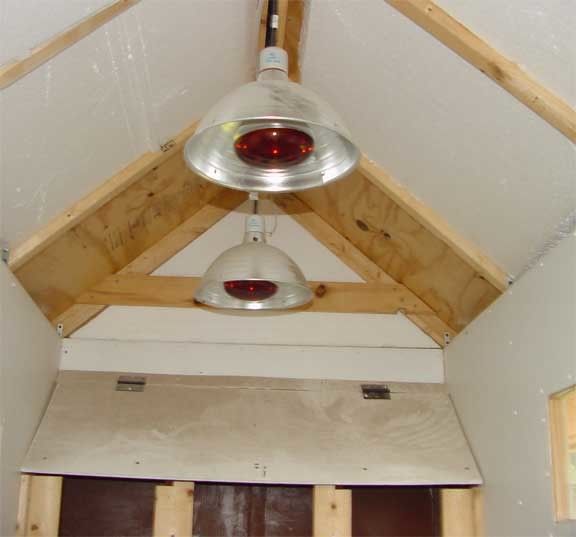We have just passed the equinox and are continuing the steady loss of daylight hours in the northern hemisphere. I live where there are hills both to the east and west so it isn't really 12 hours of sunlight and 12 hours of darkness this week.
Last year, I posted a list of cities] with their latitudes and how many hours of sunlight they have on the winter solstice (December 21st).
The naval observatory information should be easy to access. Use Form A - U.S. Cities or Towns to select your state & type in your city.
Where I live, at nearly 48 northern latitude, daylight hours on December 21st will be a little over 8 hours. To contrast, San Diego California & Charleston South Carolina on that date will have 10 hours of sunlight.
We learn from the poultry experts that chickens lay the most eggs with 14+ hours of light. Over 17 hours of light results in no increase in their production. But, they will nearly stop laying with under 8 hours of light. (Chickens will lay a few eggs in total darkness, we are told. How they can see to eat is another question.)
There are different ideas regarding using lights in the coop. My feeling is that it is unwise to leave a chicken too long in cold and darkness regardless of what expectations we have for egg production.
Steve
Last year, I posted a list of cities] with their latitudes and how many hours of sunlight they have on the winter solstice (December 21st).
The naval observatory information should be easy to access. Use Form A - U.S. Cities or Towns to select your state & type in your city.
Where I live, at nearly 48 northern latitude, daylight hours on December 21st will be a little over 8 hours. To contrast, San Diego California & Charleston South Carolina on that date will have 10 hours of sunlight.
We learn from the poultry experts that chickens lay the most eggs with 14+ hours of light. Over 17 hours of light results in no increase in their production. But, they will nearly stop laying with under 8 hours of light. (Chickens will lay a few eggs in total darkness, we are told. How they can see to eat is another question.)
There are different ideas regarding using lights in the coop. My feeling is that it is unwise to leave a chicken too long in cold and darkness regardless of what expectations we have for egg production.
Steve
Last edited:






